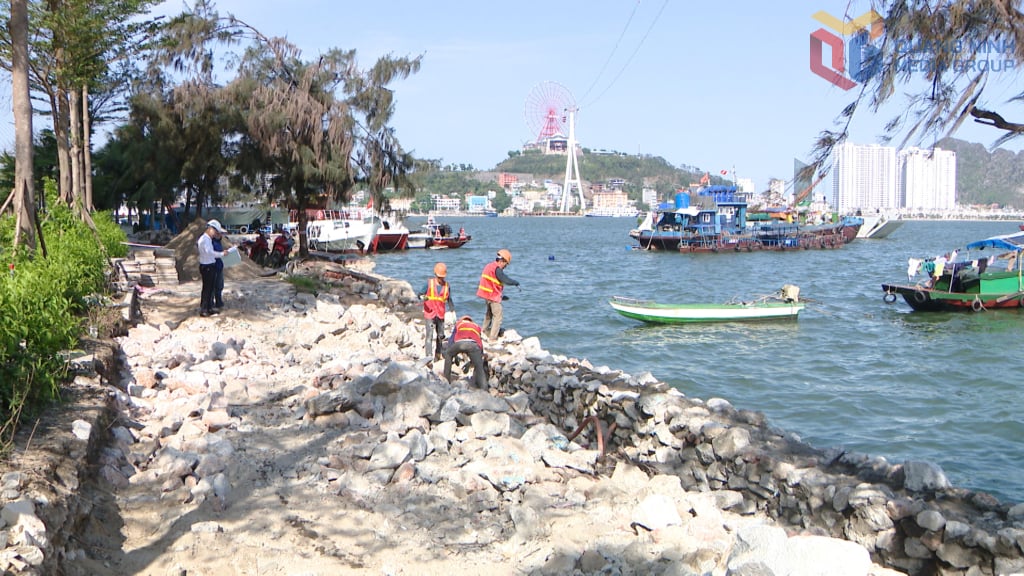
Through many years of monitoring by the Irrigation Department (Department of Agriculture and Environment), these two types of natural disasters appear more frequently, irregularly and tend to be more severe, this is the result of climate change. It is worth mentioning that upcoming climate forecasts have shown that by 2050, annual rainfall tends to increase by 10-30%, sea level rises from 22-26cm (compared to 2010) and this is a big challenge for the province.
To increase the resilience of the irrigation system, Quang Ninh province has issued many policies, notably Resolution No. 10-NQ/TU (dated September 26, 2022) of the Provincial Party Committee on "Strengthening the Party's leadership in resource management, environmental protection, disaster prevention and mitigation, climate change response, and ensuring water security for the period 2022-2030"; Project on ensuring water security...
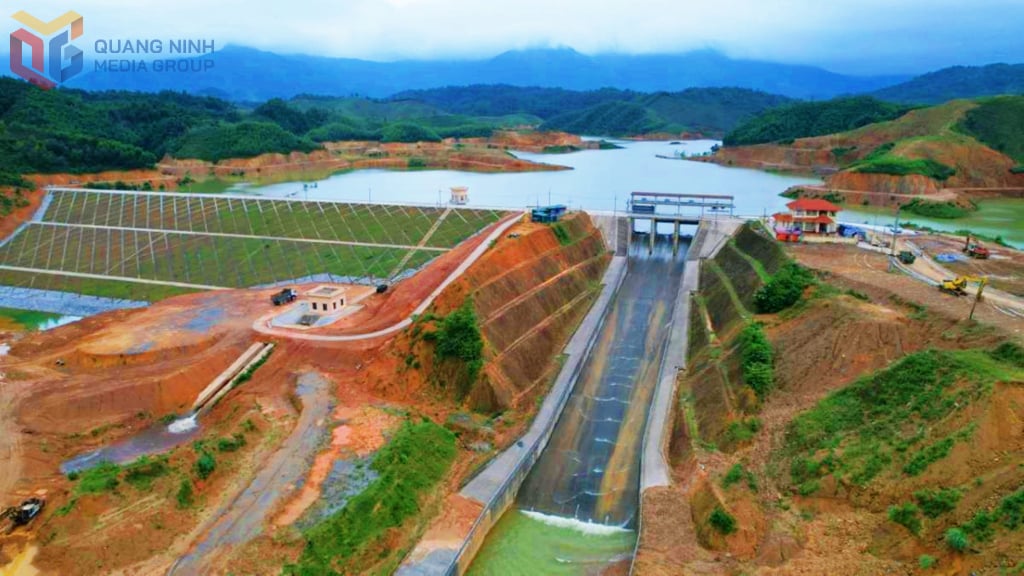
Based on these policies, many key infrastructure projects have been invested, completed and put into effective operation, such as Khe Giua Reservoir; Khe Tam Lake - a project to supply domestic water to highland communes in Ba Che commune; many important dykes have also been given attention for maintenance and repair...
According to statistics up to now, the whole province has about 397km of dikes protecting nearly 44,000 hectares of land and about 250,000 people, especially the Ha Nam dike line has met level III standards, protecting more than 61,000 people and 5,100 hectares of land, capable of withstanding level 10 storms and high tides. Regarding dams, with 176-188 dams and reservoirs (total capacity of about 360 million m³), enough to supply water for agriculture , industry, daily life and aquaculture. Large lakes such as Yen Lap have been reviewed and upgraded with intelligent rain, spillway and hydrological monitoring systems. The automatic monitoring network has been expanded, with 75 rain gauge stations connected to the meteorological radar system, adding 11 hydro-meteorological stations, allowing early warning of heavy rain, storms and high tides. In addition, the province has also strongly developed the "green shield" ecosystem with more than 22,000 hectares of coastal mangrove forests, contributing to reducing erosion, protecting sea dykes, aquaculture and creating livelihoods for people.
A clear result is that in recent years, despite the complicated and irregular weather conditions (widespread and prolonged heat, late rains, etc.), there has been no drought or water shortage for daily life and production in the province. Water sources at irrigation works are the premise for the number of households living in rural areas using water that meets standards to reach about 85.5% (meeting the target in Resolution No. 31-NQ/TU of the Provincial Party Committee on the direction and tasks for 2025 of over 85%; exceeding the target approved in the Prime Minister's National Strategy for Clean Water Supply and Rural Sanitation for the period up to 2030 of 65%).
Despite positive changes, the province's irrigation system still has weaknesses that need to be overcome soon. In fact, the implementation of some tasks under the Water Security Project is still behind schedule, related to the construction of Tai Chi Lake (Quang Duc Commune) or the sealing of Yen Lap Canal system serving the Quang Yen coastal economic zone and the wards: Vang Danh, Uong Bi, Viet Hung, Tuan Chau, Bai Chay... Meanwhile, these are strategic projects, if not accelerated, they will directly affect the ability to provide stable water, especially in extreme weather situations.
It is noteworthy that the province's dyke system is large (approximately 400km), directly affected by storms, but currently, it is only capable of withstanding level 9 storm winds combined with average tide levels. According to Mr. Doan Manh Phuong, Head of the Irrigation Sub-Department, storm No. 3 in 2024 had very strong winds, but fortunately, at the time of the storm's landfall, the tide level was low. If the tide only reached the average level, the consequences would be unpredictable. Given the above shortcomings, the unit has reported to the Department of Agriculture and Environment to continue to propose and advise the Provincial People's Committee to consider and approve the policy of researching and implementing unfinished tasks (Tai Chi Lake, Yen Lap project) in the 2025 period according to the roadmap set out in the Water Security Project. Because researching, constructing a reservoir irrigation project and putting it into operation takes 2-5 years. If only considered and assigned tasks when there is a situation, it will not be possible to meet the requirements. At the same time, research and propose urgent solutions to put the C22 reservoir (Co To special zone) into operation; develop standards to upgrade level IV-V dykes to withstand level 12-13 storms and record high tides; divide key areas, situational scenarios and invest in socialized protection of dykes, wave-breaking forests, synchronization between hard infrastructure (dykes, revetments) and soft infrastructure (mangrove forests); speed up the construction progress of the Project to Improve the safety of the dyke system to adapt to climate change in the period 2025-2030, with a vision to 2050... Thereby ensuring the goal that when completed, the dyke system in the area will have a major qualitative change, capable of withstanding natural disasters similar to storm No. 3.
Source: https://baoquangninh.vn/nang-kha-nang-chong-chiu-cua-he-thong-thuy-loi-3365041.html


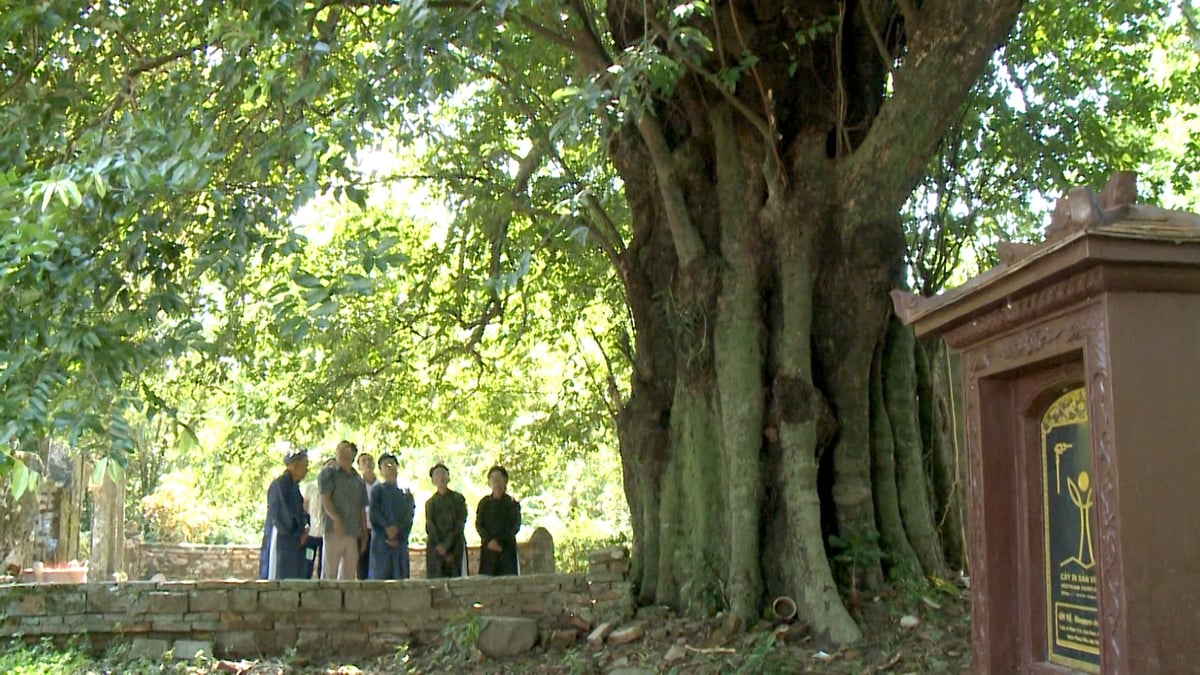




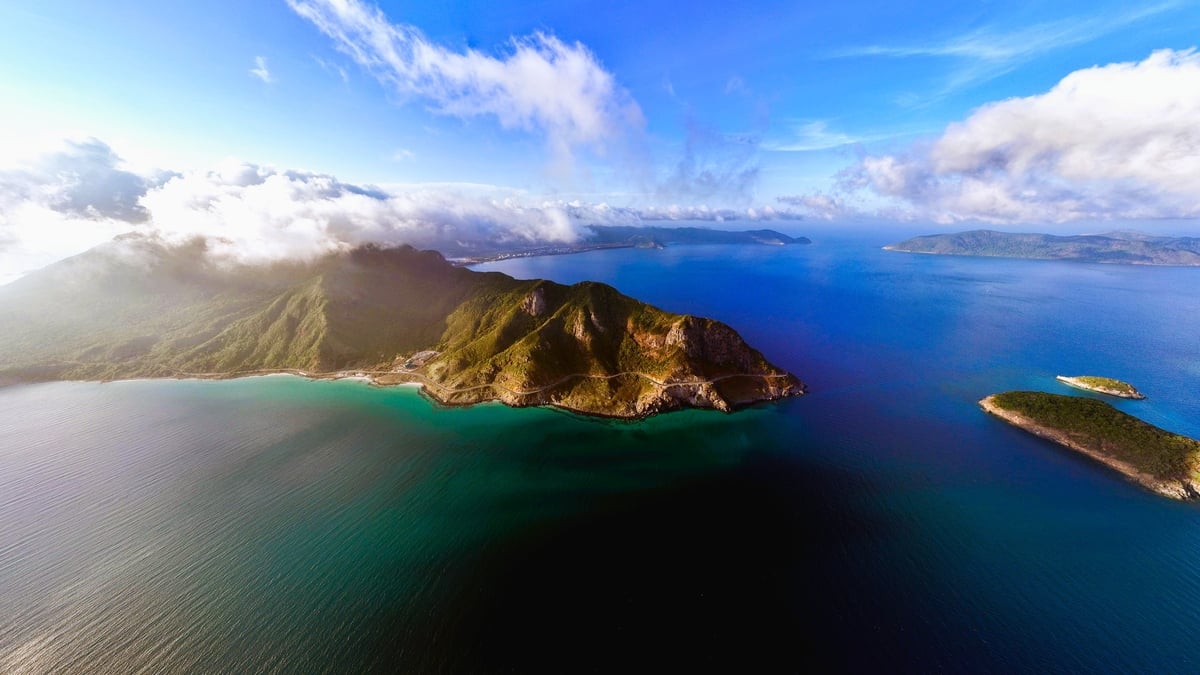


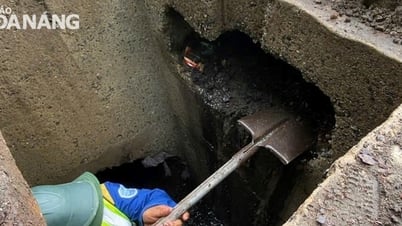
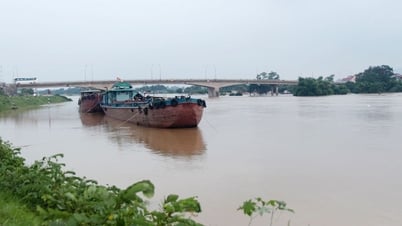

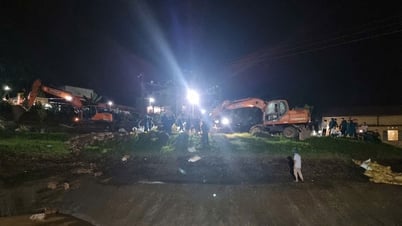
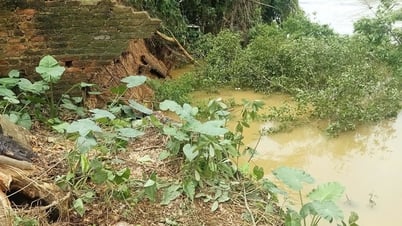

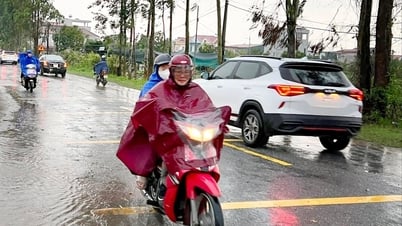





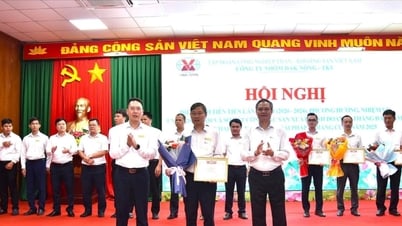













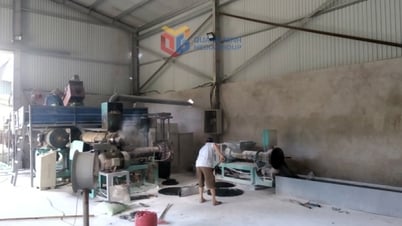

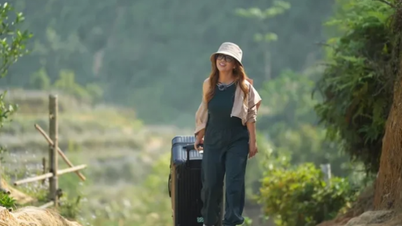
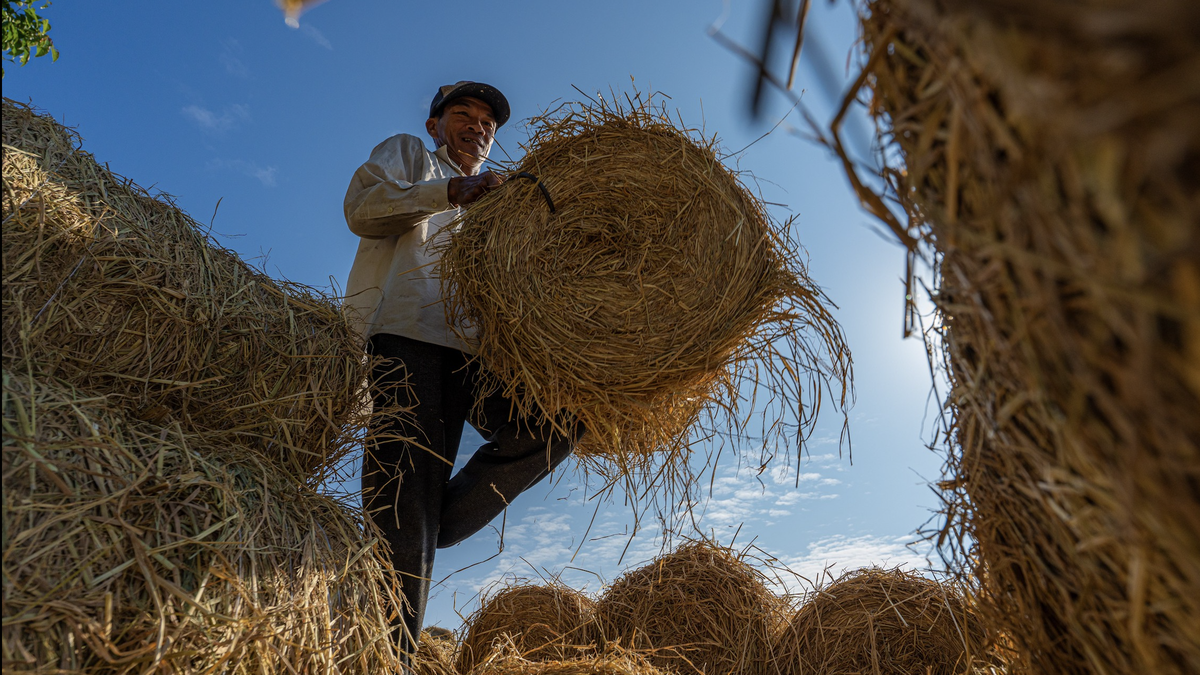
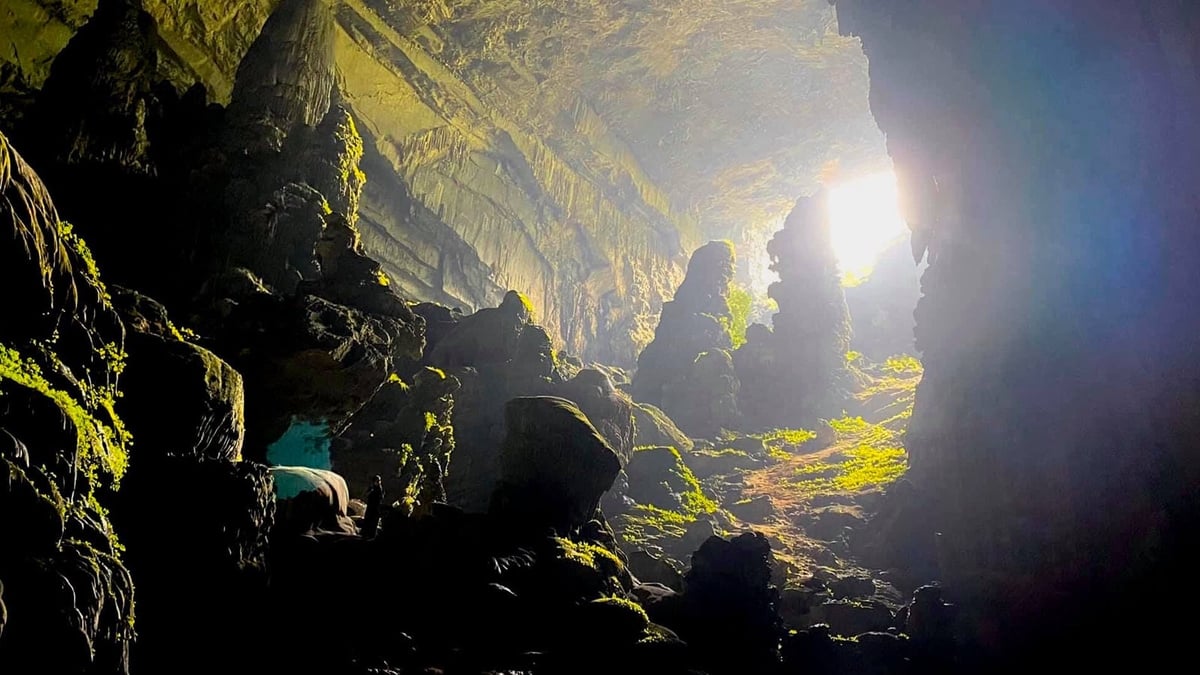




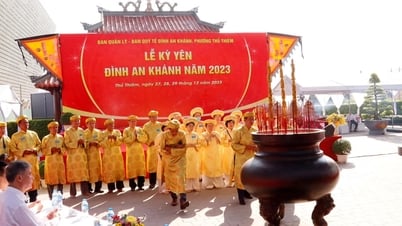

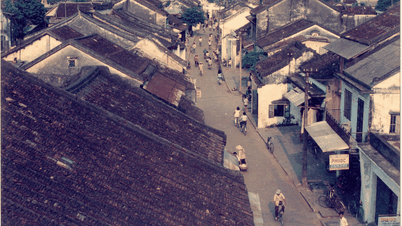


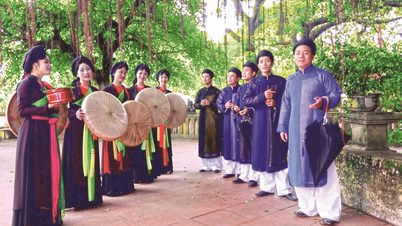

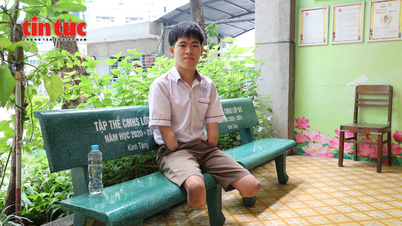

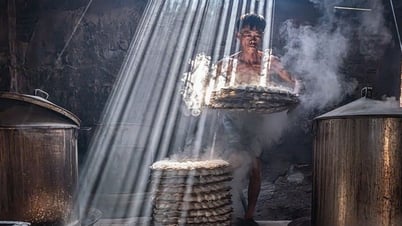



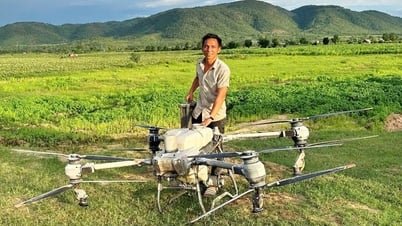













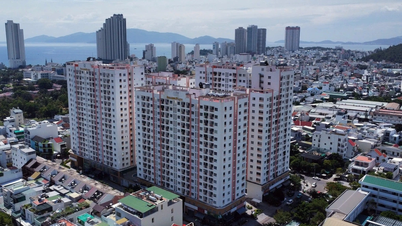

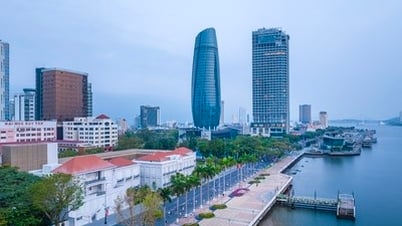

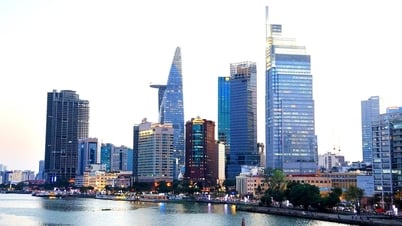








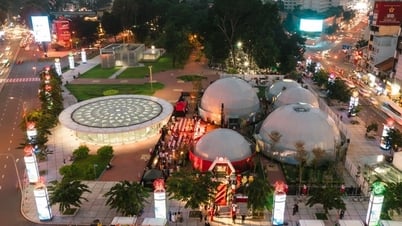

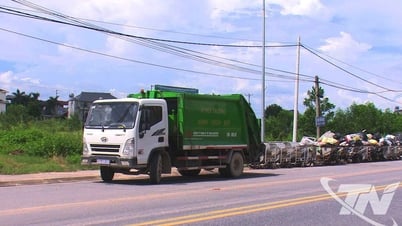








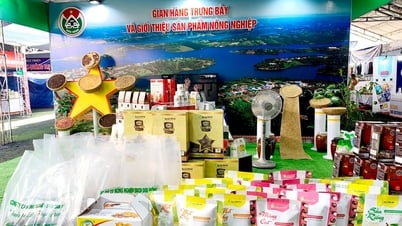

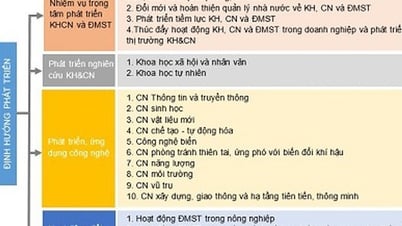


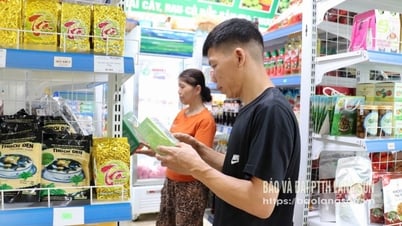


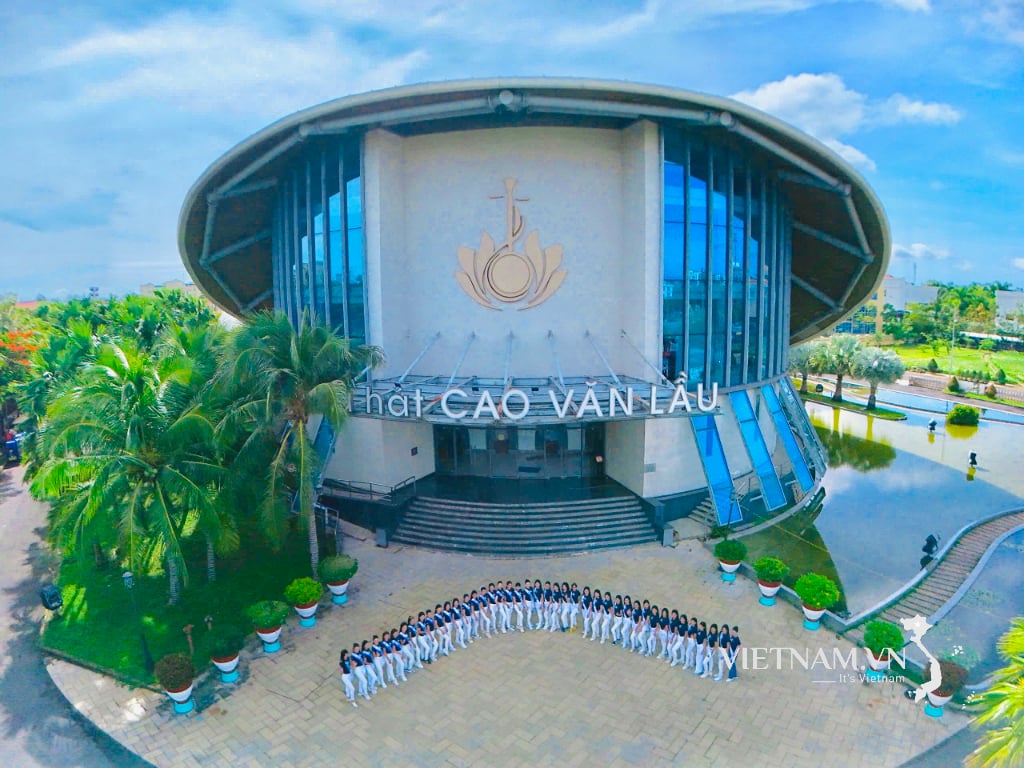


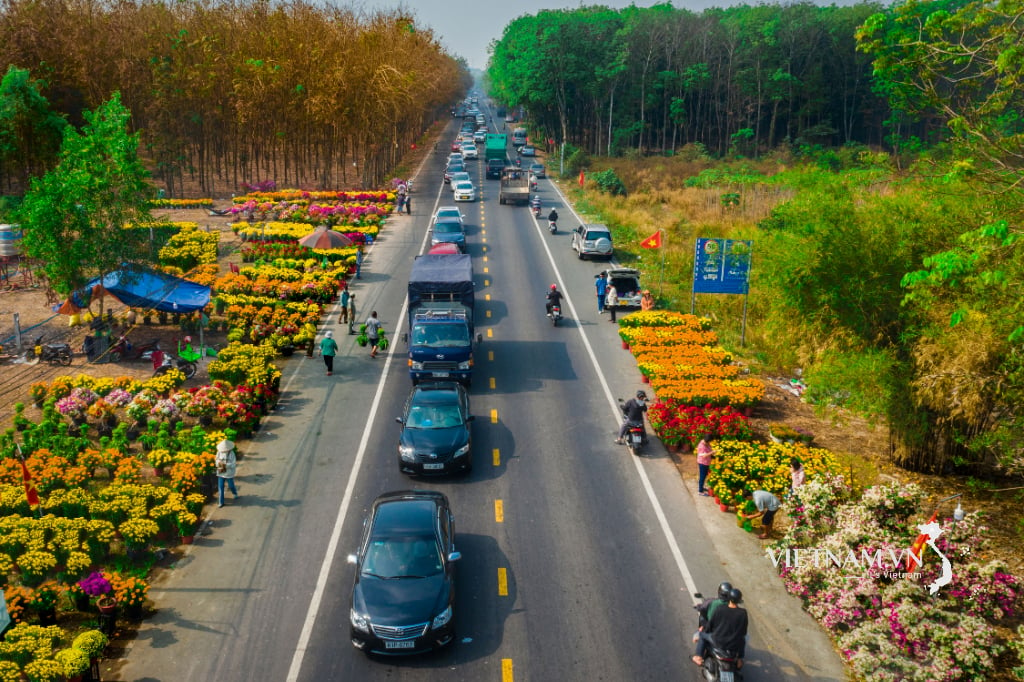
Comment (0)